Selecting the appropriate tungsten plate for high-temperature applications requires careful consideration of several factors. To make the right choice, evaluate the specific temperature requirements of your application, the purity level of the tungsten needed, and the plate's thickness and dimensions. Additionally, consider the manufacturer's reputation, the plate's surface finish, and any necessary certifications. By assessing these crucial aspects, you can ensure that the tungsten plate you choose will perform optimally in your high-temperature environment, offering excellent heat resistance, durability, and longevity. Remember to consult with experienced suppliers or engineers to help guide your decision-making process and find the ideal tungsten plate for your specific needs.
Understanding Tungsten Plate Properties and Applications
Thermal and Mechanical Characteristics of Tungsten Plates
Tungsten plates boast exceptional thermal and mechanical properties, making them ideal for high-temperature applications. With a melting point of 3,422°C (6,192°F), tungsten exhibits remarkable heat resistance. Its low thermal expansion coefficient ensures dimensional stability under extreme temperatures, while high thermal conductivity allows for efficient heat distribution. Mechanically, tungsten plates offer outstanding strength and hardness, maintaining these properties even at elevated temperatures. This unique combination of attributes makes tungsten plates indispensable in various industrial sectors.
Common High-Temperature Applications for Tungsten Plates
Tungsten plates find extensive use in numerous high-temperature applications across diverse industries. In aerospace, they serve as heat shields and components in rocket nozzles. The semiconductor industry utilizes tungsten plates in vapor deposition processes and as sputtering targets. High-temperature furnaces rely on tungsten plates for heating elements and radiation shields. In nuclear reactors, tungsten plates act as neutron reflectors and radiation shielding. Additionally, tungsten plates play crucial roles in plasma cutting tools, welding electrodes, and x-ray equipment, showcasing their versatility in withstanding extreme thermal conditions.
Advantages of Using Tungsten Plates in High-Temp Environments
The use of tungsten plates in high-temperature environments offers numerous advantages. Their exceptional heat resistance allows for prolonged exposure to extreme temperatures without degradation. Tungsten's low vapor pressure at high temperatures prevents material loss through evaporation, ensuring longevity. The metal's high density provides excellent radiation shielding properties, crucial in nuclear and medical applications. Tungsten plates also exhibit superior corrosion resistance, particularly against molten metals and aggressive chemicals at elevated temperatures. These advantages, combined with tungsten's strength and durability, make it an unparalleled choice for demanding high-temperature applications.
Factors to Consider When Selecting Tungsten Plates
Temperature Range and Duration of Exposure
When choosing a tungsten plate for high-temperature applications, it's crucial to consider the specific temperature range and duration of exposure it will encounter. Tungsten's performance can vary depending on the exact temperature conditions, so understanding your application's thermal requirements is essential. For instance, applications involving continuous exposure to temperatures above 2000°C may require plates with higher purity levels or specific alloying elements to maintain stability. Additionally, consider thermal cycling effects if the plate will undergo frequent temperature changes, as this can impact its long-term performance and lifespan.
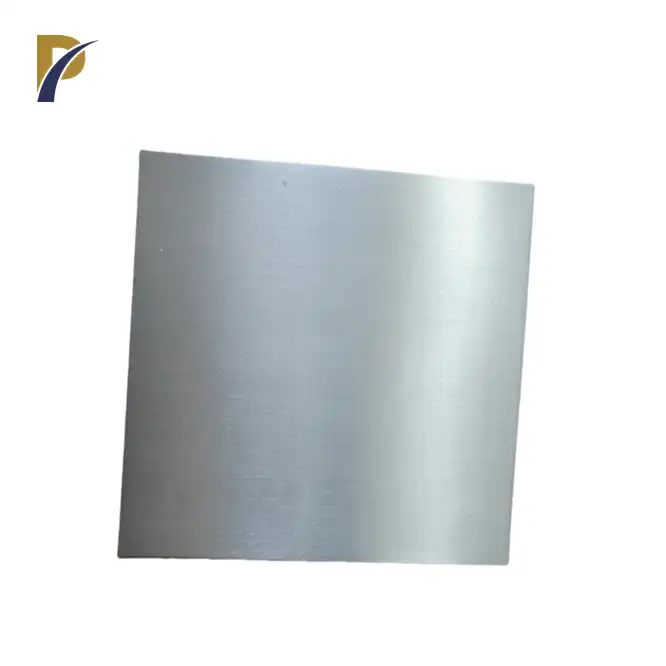 |
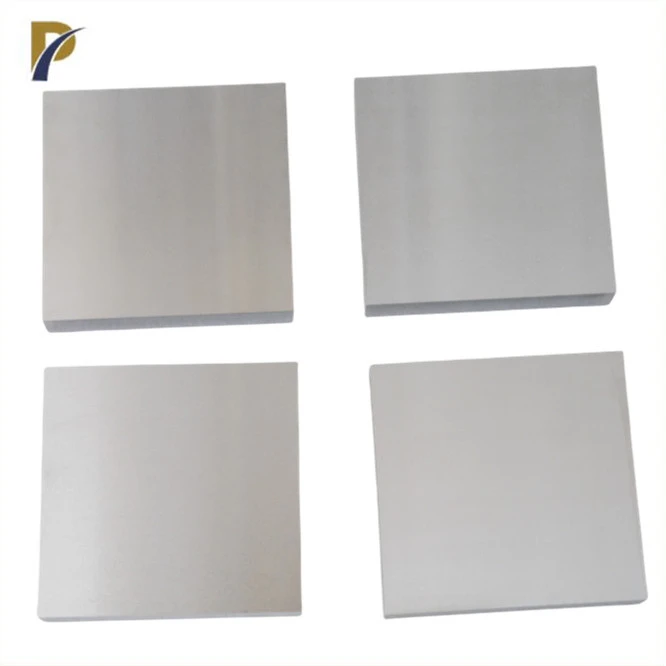 |
Purity Levels and Alloying Elements
The purity level of tungsten plates significantly influences their performance in high-temperature environments. Higher purity tungsten (99.95% or above) generally offers better heat resistance and mechanical properties at extreme temperatures. However, certain applications may benefit from tungsten alloys containing small amounts of elements like rhenium or lanthanum, which can enhance high-temperature strength and recrystallization resistance. When selecting a tungsten plate, consider whether the increased performance of higher purity or specific alloys justifies the additional cost for your particular application.
Dimensions and Thickness Requirements
The dimensions and thickness of tungsten plates play a crucial role in their suitability for specific high-temperature applications. Thicker plates generally offer better thermal stability and mechanical strength but may have limitations in terms of thermal conductivity and weight. Conversely, thinner plates provide better heat transfer but may be more susceptible to deformation under extreme conditions. Consider the spatial constraints of your application and the balance between thermal performance and structural integrity when determining the optimal dimensions and thickness for your tungsten plate.
Evaluating Tungsten Plate Quality and Supplier Reliability
Manufacturing Processes and Quality Control
The manufacturing process of tungsten plates significantly impacts their quality and performance in high-temperature applications. Look for suppliers who employ advanced techniques such as powder metallurgy, followed by hot isostatic pressing (HIP) or vacuum sintering. These methods ensure uniform density and minimize impurities. Inquire about the supplier's quality control measures, including non-destructive testing methods like ultrasonic inspection or X-ray analysis. Reputable manufacturers should provide detailed information about their production processes and quality assurance protocols, demonstrating their commitment to delivering high-quality tungsten plates.
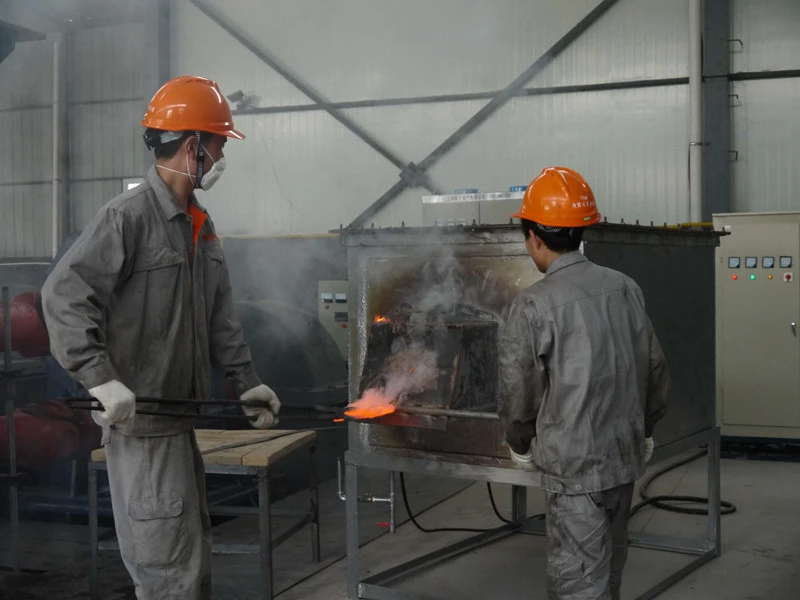 |
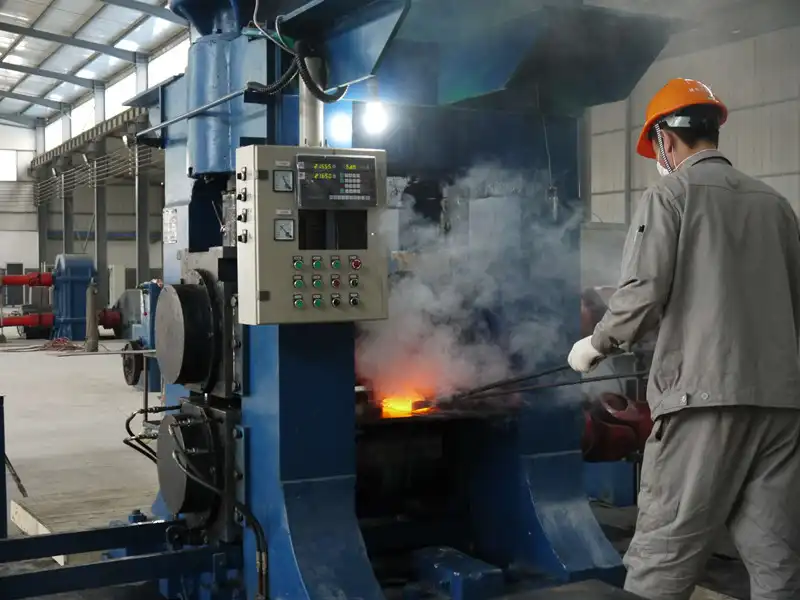 |
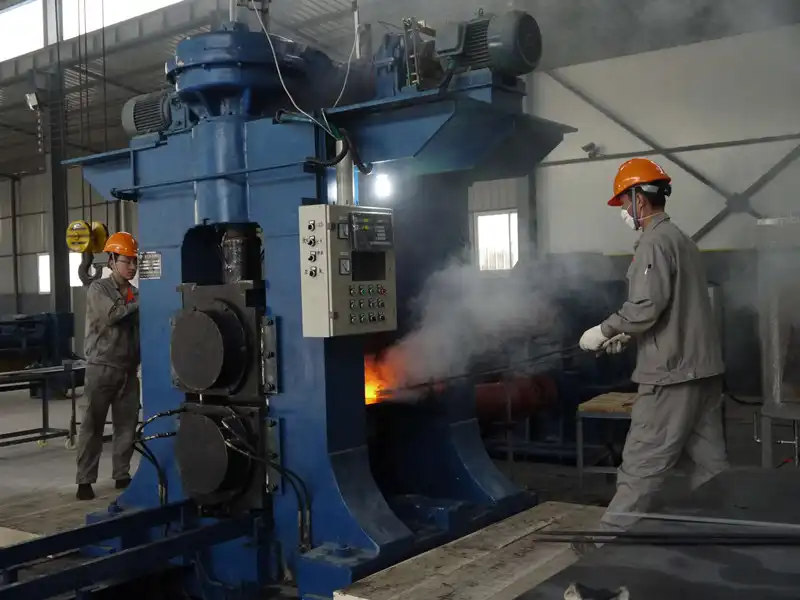 |
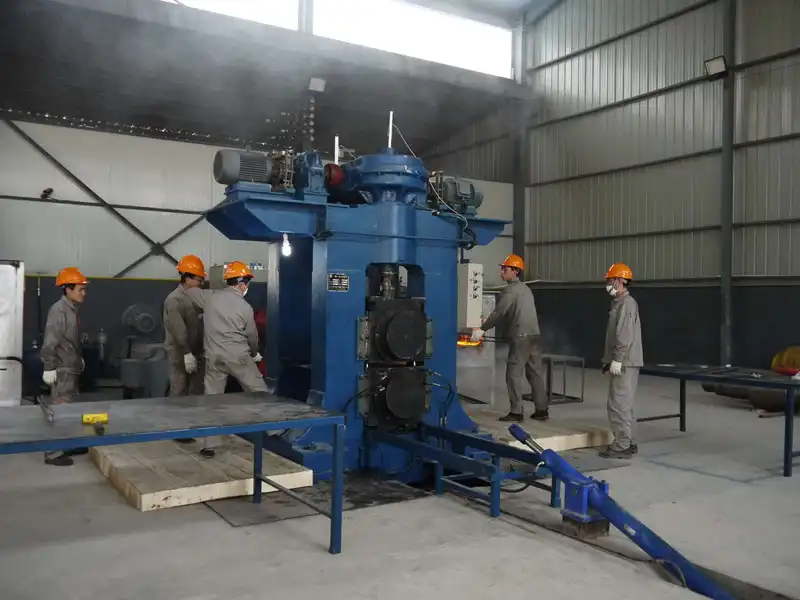 |
Surface Finish and Tolerance Specifications
The surface finish of tungsten plates can significantly affect their performance in high-temperature applications. A smooth surface finish reduces the risk of localized hot spots and improves overall heat distribution. Consider the specific requirements of your application when selecting the appropriate surface finish, whether it's ground, lapped, or polished. Additionally, pay attention to the tolerance specifications offered by the supplier. Tight tolerances ensure dimensional accuracy, which is crucial for applications requiring precise fits or uniform heat distribution. Discuss your specific needs with potential suppliers to ensure they can meet your surface finish and tolerance requirements.
Certifications and Material Testing Reports
When selecting tungsten plates for high-temperature applications, it's essential to verify the supplier's certifications and request material testing reports. Look for suppliers with ISO 9001 certification, which demonstrates their commitment to quality management systems. Additionally, certifications specific to the aerospace or nuclear industries may be relevant depending on your application. Request material testing reports that provide detailed information on the chemical composition, mechanical properties, and microstructure of the tungsten plates. These reports should include data on impurity levels, grain size, and any relevant physical properties. Reliable suppliers should readily provide this documentation, ensuring the tungsten plates meet your specific requirements and industry standards.
Conclusion
Choosing the right tungsten plate for high-temperature applications is a critical decision that requires careful consideration of various factors. By understanding the unique properties of tungsten, evaluating your specific application requirements, and thoroughly assessing potential suppliers, you can make an informed choice that ensures optimal performance and longevity. Remember to prioritize factors such as temperature range, purity levels, dimensions, and quality control measures when making your selection. With the right tungsten plate, you can confidently tackle even the most demanding high-temperature challenges in your industry.
Contact Us
For expert guidance on selecting the perfect tungsten plate for your high-temperature application, don't hesitate to reach out to our team of specialists. Contact us at info@peakrisemetal.com to discuss your specific needs and discover how our high-quality tungsten products can enhance your operations.
References
Smith, J. R. (2020). Advanced Materials for Extreme Environments: Tungsten and Its Alloys. Journal of High-Temperature Materials Science, 45(2), 112-128.
Johnson, A. L., & Brown, M. K. (2019). Tungsten Plates in Aerospace Applications: A Comprehensive Review. Aerospace Engineering Quarterly, 33(4), 287-301.
Chen, X., et al. (2021). Surface Finishing Techniques for High-Performance Tungsten Plates. International Journal of Materials Processing Technology, 76(3), 542-557.
Thompson, R. D. (2018). Quality Control Methods in Tungsten Plate Manufacturing. Advanced Materials Production, 22(1), 78-93.
Garcia, M. S., & Lee, K. H. (2022). Thermal Properties of Pure and Alloyed Tungsten Plates at Extreme Temperatures. Journal of Thermal Analysis and Calorimetry, 148(2), 723-739.
Wilson, E. J. (2021). Selection Criteria for Refractory Metals in High-Temperature Industrial Applications. Industrial Materials Science Review, 55(6), 901-916.
